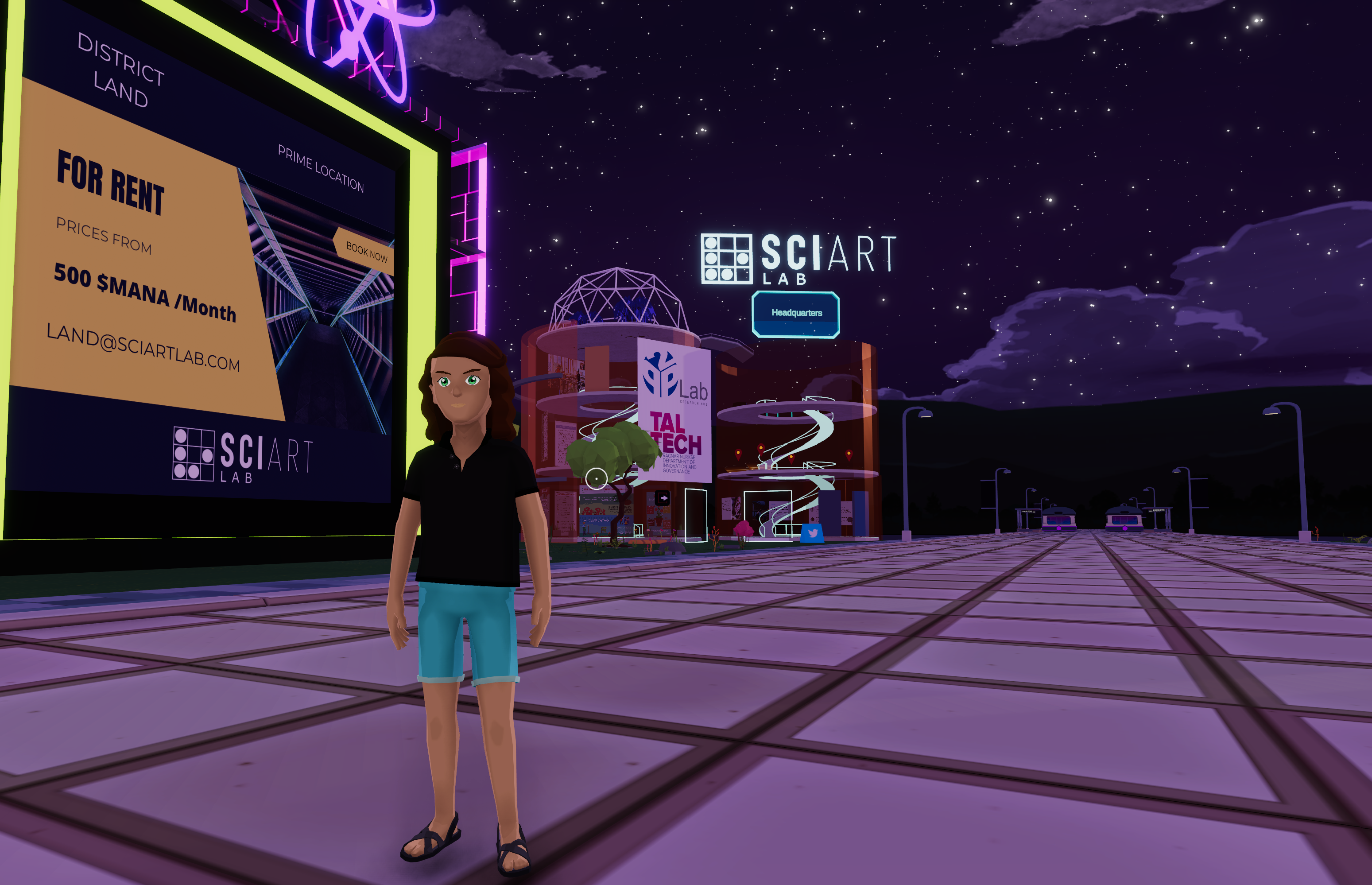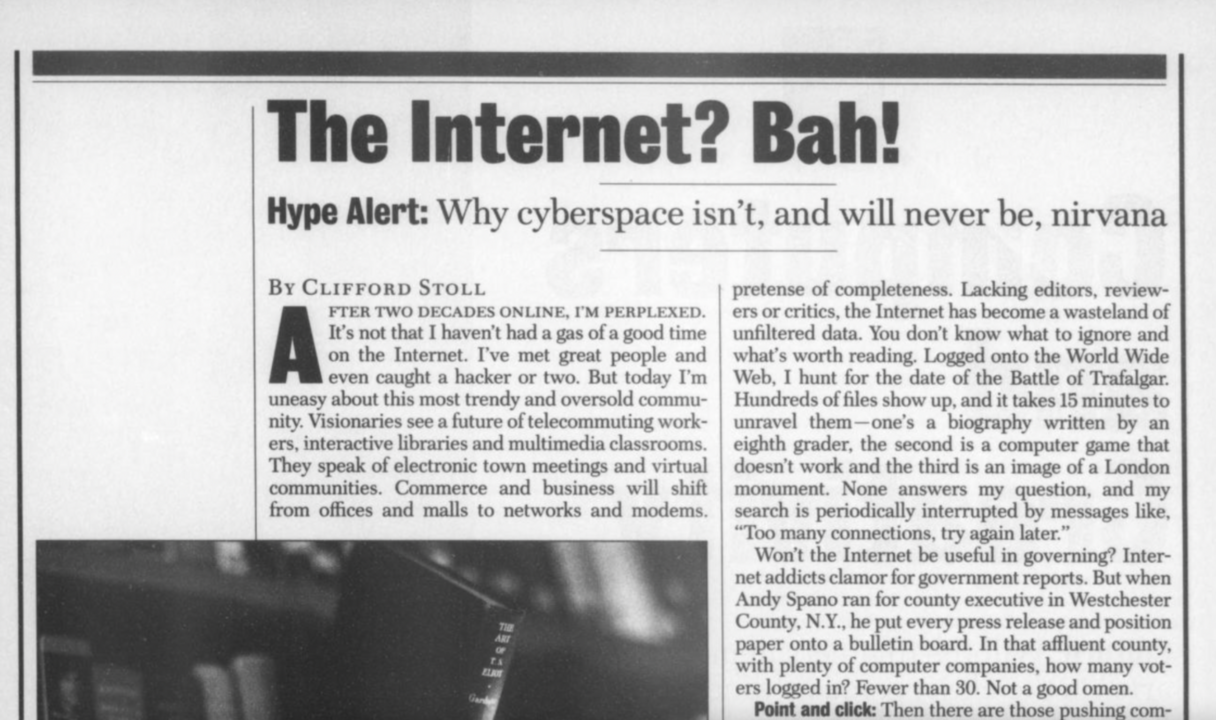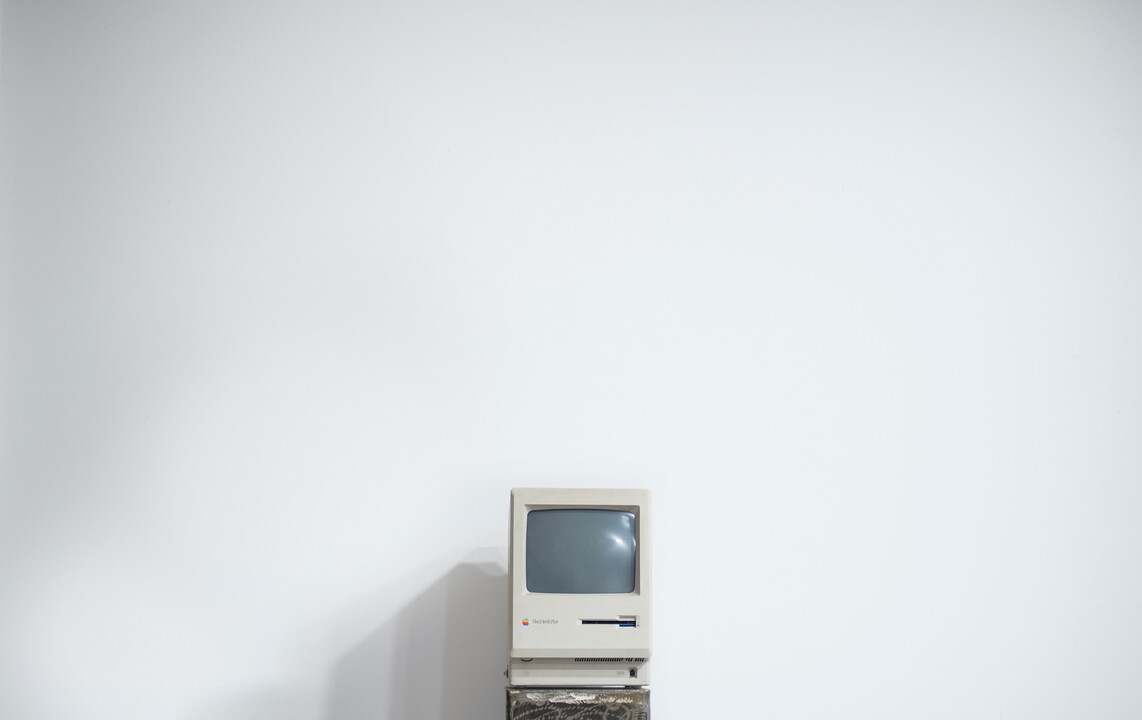The LIFE Picture Collection is a photographic archive of 20th century moments. LIFE commissioned more than 10 million photographs between 1936 to 2000. I’m standing in a dedicated LIFE photography gallery surrounded by mankind’s achievements and moments. Except this gallery is only accessible in the metaverse.
Specifically, Decentraland that is a “decentralized virtual world” that is built on the Ethereum blockchain, with its own currency called MANA tokens. It’s a virtual reality game but also taps into a metaverse dream of experiencing the digital world like the physical. Like real life, you can buy land and property, rent an apartment, spend all night at the casino, or simply wander around Soho Square taking in all the sights.

Within my first hour of walking this virtual land, I attended the launch of a new art gallery. Digital works of art, some animated, adjourned the walls – all NFTs for sale. That’s a Non-Fungible Token for the uninitiated; blockchain hosted digital assets that cannot be replaced or exchanged because it has unique properties. It can, of course, be bought with cryptocurrency.

Purchasing art as NFTs provides an opportunity to buy the unique digital asset. Anyone on the internet can copy and paste, download an image or even screenshot – but you will never be the owner of the digital piece. Fancying owning an NFT artwork myself, I reviewed the latest trading price. 1 ETH, which (as of writing) equals £2,171.42. Even in the LIFE Picture Collection, the photographs (all NFTs) seemed to start at £260. For good reason.
NFTs aren’t just about ownership, it’s also trade. Ownership of some art pieces gains you entry to an exclusive virtual club, may mean monetary commissions come your way, and may be traded in time for a higher price. Buying land in Decentraland is an NFT – starting at around £3000 – it’s an investment because there is only a finite amount of space and digital real-estate raises land value. The most expensive plot of land sold on Decentraland was $900,000
Stepping out of the gallery and around the corner is a large virtual theatre. It’s a conference space that could easily fit 300 players. It’s available to rent. Similarly, a university building details upcoming talks that will be taking place. A whole calendar of events and meet-ups defines the community of this virtual world.
It triggers thoughts of another tech term called ‘digital twinning’; brick-by-brick replicating a real-world location in a virtual world. Back in 2021, the world’s oldest auction house Sotheby’s opened a virtual gallery in Decentraland. A full digital twinning experience would see virtual and real-world people come together to view the gallery at the same time. It’s the metaverse dream… or is it?

This virtual world is a feat of technology, underpinned by a complex digital economy. Its main draw appears to be a celebration of art but also an investment opportunity for crypto enthusiasts. At face value though, it looks like an old game. Certainly not a place where I can imagine a digital twinning metaverse existence. It is perhaps just a taster of what the internet will become.



